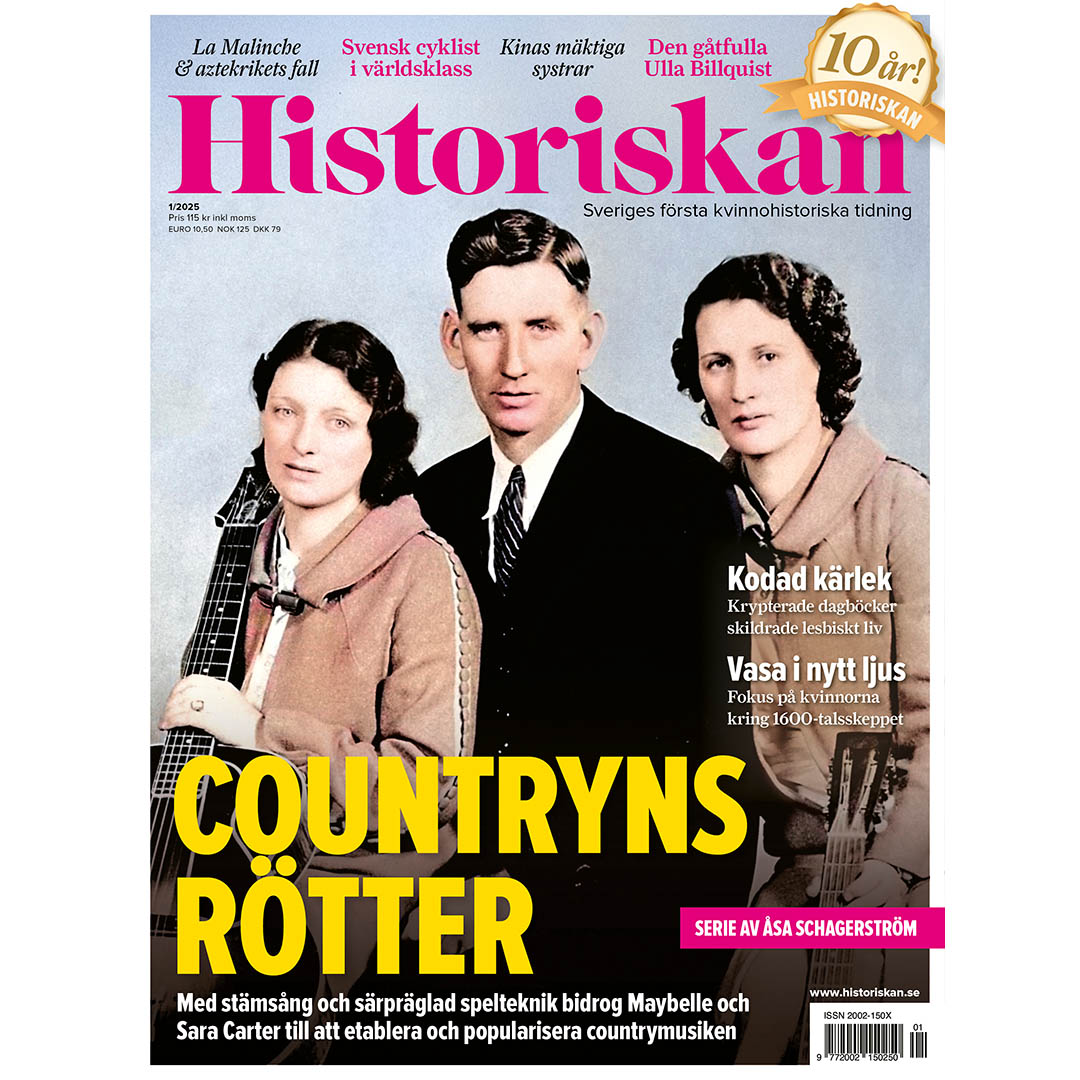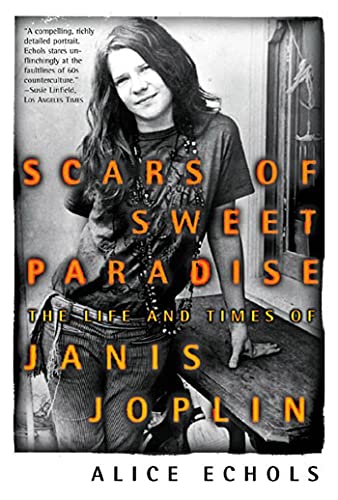Since I’ve made such a deliberate point of trying to summarize what I’ve read in the Delayed Gratification magazine that I subscribe to, I thought I would do the same for Historiskan, another periodical I subscribe to.
1. A brief essay from Cecilia Nordlund about founding Popkollo.
2. A highlight on three women—Gerda Meyerson, Maria Forsell, and Emma Anstrin—who were part of fighting for Deaf rights alongside an article about plans for a Museum of Deaf Culture that will open in 2026.
3. An interview with Eva Dahlman about her upcoming book about women photographers in Sweden from 1848 to 1968.
4. The cover story: Eva Bonde writing on basically A League of Their Own, aka the All-American Girls Professional Baseball League. Bonde points out that part of the post-war decline of the AAGPBL was the advent of television and televised games: people who enjoyed watching the sport no longer had to actually attend games, but could watch from the comfort of their homes. An interesting point I didn’t think much about before, though I also never thought much about women’s baseball in the US except with respect to, well, A League of Their Own. And it was of course segregated, so Black women weren’t included and instead played alongside men in the Negro Leagues. (I remember reading about the Negro Leagues in elementary school but not finding it all that interesting as a ten-year-old; it’s since become one of those things that I feel like I should read about now as an adult, in part because I’m more interested in baseball now than I was as a ten-year-old.)
5. A bio of author Maria Gripes by Lisbeth Håkansson Petré in honor of the centennial of her birth. The headline called her one of Sweden’s most read authors of children’s and young adult novels but I’d never even heard of her until this, so I guess that’s another cultural gap filled. A big part of the reason I subscribe to these kinds of magazines.
6. A history of political protest music in South America by Bella Stenberg. A lot of it focuses specifically on nueva canción in Chile and the women involved with the movement: Violetta Parra, Margot Loyola, Gabriela Pizarro, and Mercedes Sosa.
7. A brief biography by Karin Tegenborg Falkdalen of Kristina av Holstein-Gottorp, a queen of Sweden. Not my favorite Drottning Kristina but still an interesting read nonetheless.
8. A brief on the “tickle torturers” (les chatouilleuses) of Mayotte by Victoria Machmudov. It’s kind of wild to read about a colony rejecting independence, but maybe my brain is melted from being American. Some of the major players in the movement to break away from the rest of the Comoros archipelago and retain a connection with France were women, including Zéna M’déré. Unsurprisingly, things aren’t going great in Mayotte at the moment. Their wealth relative to their neighbors in the archipelago has led to a lot of immigration, but they’re still the poorest departement in France.
9. A look at the women in the animal rights movement by Camilla Bergvall: Lizzie Lind af Hageby, Leisa Schartau, Princess Eugénie, Elna Tenow, Ellen Börtz, Birgitta Carlsson, and Ruth Harrison.
10. Another historical biography, this time Olga of Kiev, by Charlotte Hedenstierna-Jonson.
11. A look by Pauliina Räsänen at what the circus life entailed for women at the turn of the 20th century and its role as a space of relative liberation: a break from gender norms, the ability to travel freely, being able to support one’s self (and out-earning a lot of men, at that). Too many names for me to bother listing but I thought Laura Madigan was interesting if only because of the tragedy surrounding her and her family.
12. Mette Hardenberg and her encounter with a demon, as summarized by Julia Håkansson. It’s a mildly interesting story, certainly moreso than that skeletal Wikipedia entry makes it out to be, so I’ll summarize the summary here:
Hardenberg got married off, as women tended to do back in the 1500s. Her husband published an account, in which he claims that his wife is unwilling to share the story herself but that he thinks it’s worth telling. For a period of six weeks, she was tormented by an evil spirit that beat the shit out of her if she mentioned God. Then she had a vision (in a dream?) of God, who told her to make a pilgrimage from Totterupholm to a tower in the Vallø castle. It was a trip of thirty kilometers and she went disguised as a beggar, and then at the end she had a showdown with the demon in said tower, where she won thanks to her knowledge of the Bible.
It’s hard to know what to make of the account today. The go-to explanation is that it was some kind of mental health struggle, and historians point to similar problems that had afflicted other members of her family. Others have more recently suggested that it could have been a form of marketing as a show of Hardenberg’s spiritual strength in conquering a demon—and modesty in not wanting to talk about it—that would win her esteem in the eyes of the church.
13. And finally, a longer piece by Sari Nauman on the first refugees in Sweden: from then-Swedish Latvia to Sweden proper during The Great Northern War which lasted over twenty goddamn years, what a grim thing to consider. (People were already fleeing religious persecution before The Great Northern War, of course, but the first time the Swedish word for refugee—flykting—appears in text it’s in connection with a woman fleeing Russian aggression in the Great Northern War.)



